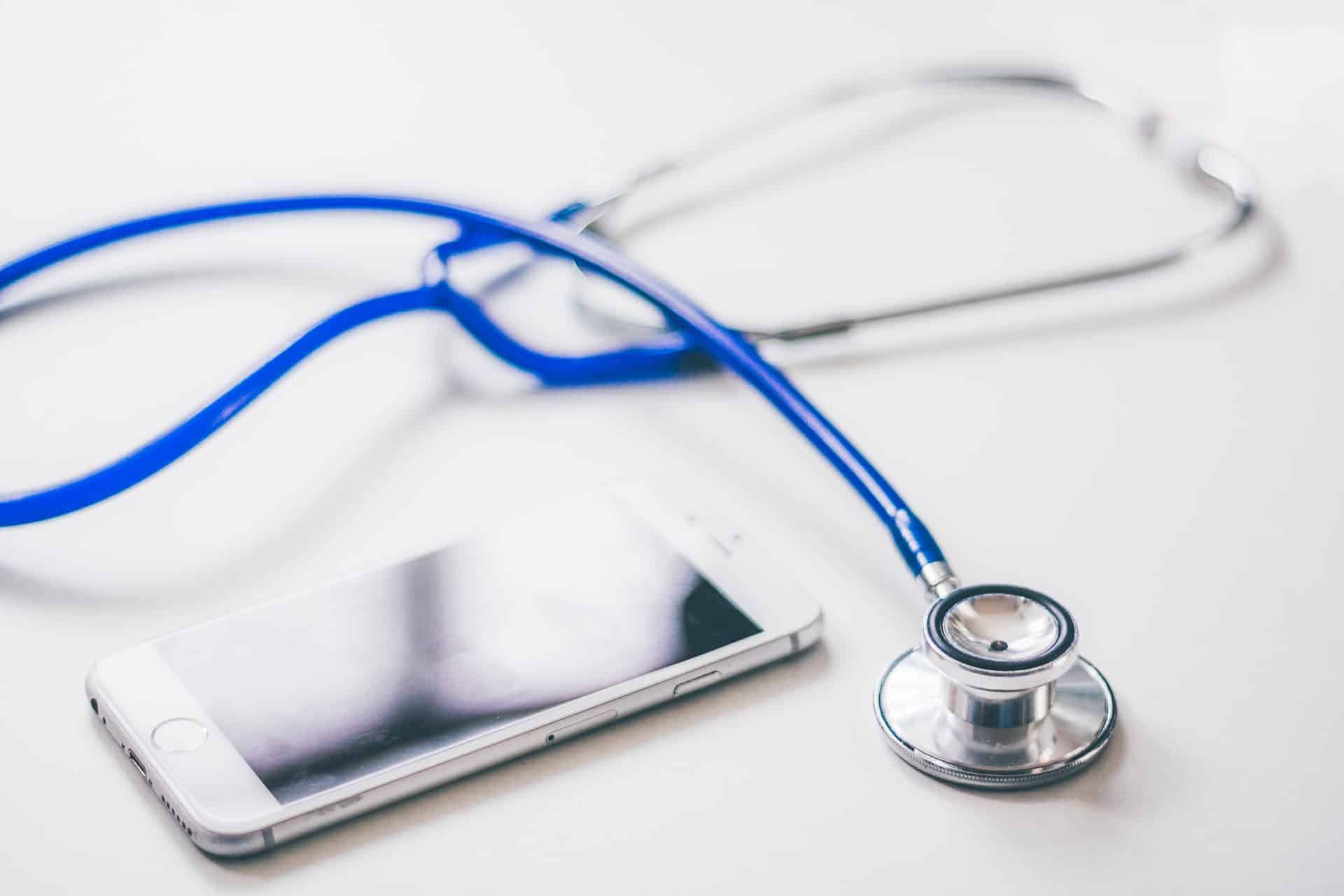The idea of using smartphones in a medical context is now pretty common, but the range of applications remains small. Patients might use their phone to track steps or set medication reminders, while clinicians use their devices for general communication with their team.
But new apps and plug-in accessories are quickly expanding the possibilities for smartphones in the clinic. While apps to streamline medical workflow and connect physicians with EMRs are gaining traction, smartphones are also enabling substitutes for traditional medical devices.
The stethoscope and otoscope are two examples of physical examination tools that can now be replaced by the super computer in your pocket. A glimpse at emerging research suggests this is just the beginning.
A new kind of stethoscope
Steth IO is a new smartphone-based digital stethoscope just released in April. Already cleared by the FDA, the stethoscope is built directly into the protective case of a physician’s iPhone, allowing them to hear and measure heart rates and lung sounds with an app.
Built by Steth IO, the device is the latest addition to a emerging smartphone stethoscope market. M3DICINE launched a smartphone-compatible stethoscope in January, and last year Eko Devices received FDA clearance for its combination digital stethoscope and portable electrocardiogram, Duo.
As with many smartphone-enabled medical devices, these new stethoscopes have benefits you might not immediately think of.
“Patients are much more engaged in their own physical exam,” Dr. Mahesh Muludi, president and founder of Seth IO and medical director at Providence Regional Medical Center told MobiHealthNews in an interview. “They love to see and hear their own heart and lung sounds.”
In addition to patient engagement benefits, smartphones can enable easier connection to EMRs, faster sharing and the possibility of AI-assisted care.
For example, Steth IO doesn’t just play heart and lung sounds through the phone, it also creates a visual representation of these sounds. Physicians can also use the app to make recordings of their examination, add notes or flags to different clips and export or share the file if a second opinion is needed.
The app also tout’s digital filters that automatically boost important frequencies, and the company is planning to add machine learning capabilities.
A smarter otoscope
Cellscope’s iPhone Otoscope was a relatively early example of smartphone substitutes for medical devices. While the company mostly markets their consumer version of the product, they’ve created a version for clinicians.
Released in 2014, the iPhone Otoscope still requires that disposable plastic specula that we’ve all had jammed into our ear during a physical exam. But as with Steth IO, the digital otoscope comes with some benefits over its traditional counterpart.
The iPhone-enabled otoscope integrates with EMRs, stores patient exams on a HIPAA-compliant web platform and connects to a smart reference library of ear conditions. A bonus benefit, according to the company, is that it can “playback ear exams to engage patients.”
Still not impressed?
Smartphone-enabled stethoscopes and otoscopes area already being used by physicians. But while the digital versions come with patient engagement and connectivity benefits, these smartphone innovations aren’t replacing expensive instruments.
That may be about to change as researchers quickly uncover other innovative ways to use smartphones as medical devices. For example, researchers just revealed a new algorithm that highlights cardiovascular disease using a smartphone camera. Just weeks ago, a study showed that a smartphone-based reader can detect serious infections with clinical-level accuracy.
As these innovations mature, bulky, expensive medical devices may be replaced by faster, convenient, more accessible smartphone-enabled alternatives.
